The Heritage of North American Steam Railroads
It was steam that stitched together the vastness of North America, as indeed it linked the whole world: President Lincoln himself had urged the completion of the Union Pacific Railroad and Central Pacific Railway link-up as a means of uniting... Read moreRead less
It was steam that stitched together the vastness of North America, as indeed it linked the whole world: President Lincoln himself had urged the completion of the Union Pacific Railroad and Central Pacific Railway link-up as a means of uniting the North and preserving the Union.
Of course, the story of North American steam begins long before Lincoln’s demands. The potential of the steam locomotive was understood by American engineers almost from the beginning, with locomotives ordered from George Stephenson himself, back in 1828. Two years later, the first all American-built train was at work for the South Carolina Railroad. The Heritage of North American Steam Railroads follows the extraordinary story from that moment: through mass production of well defined standard types, the historic linking of east and west over the Appalachians, the race for ever bigger and faster locomotives, the massive achievements of Canadian freight, the rise of the railroad moguls and the final, inevitable triumph of the diesel-electric.
The period between 1869 and 1910 is known as the railroads’ golden age. The railroad system achieved its modern form, and the locomotives and cars were designed with an elegance which no other form of transport could approach. Cars grew from 40 to over 80 feet in length, with every surface decorated in keeping with Victorian tastes. Despite their beauty, cars of the era could be stiflingly hot in summer and bitterly cold in winter, with no means of filtering out the soot, cinders, bugs and dust of a long train trip. Still, the passenger cars offered steam heat, gas lighting and plush appointments to a travelling public used to cold, dark and sometimes cold accommodations. While there were many later developments (such as ice-operated air conditioning and the safer, all-steel cars introduced at the start of World War II), the classic passenger car was established by 1920, and many remain in service today.
A complete visual profile of passenger and freight services – and the people who made, ran and travelled by the railroads of North America – is achieved here through the stunning photographic selection. More than 150 steam locomotives have been preserved by enthusiasts, so there is no shortage of colour.
Format: 285 x 213 mm
Extent: 256pp
Word count: 60,000
Illustrations: 190 colour and black-and-white photographs, 10 colour map artworks
There is no Amber trade edition currently available.
Buy now:
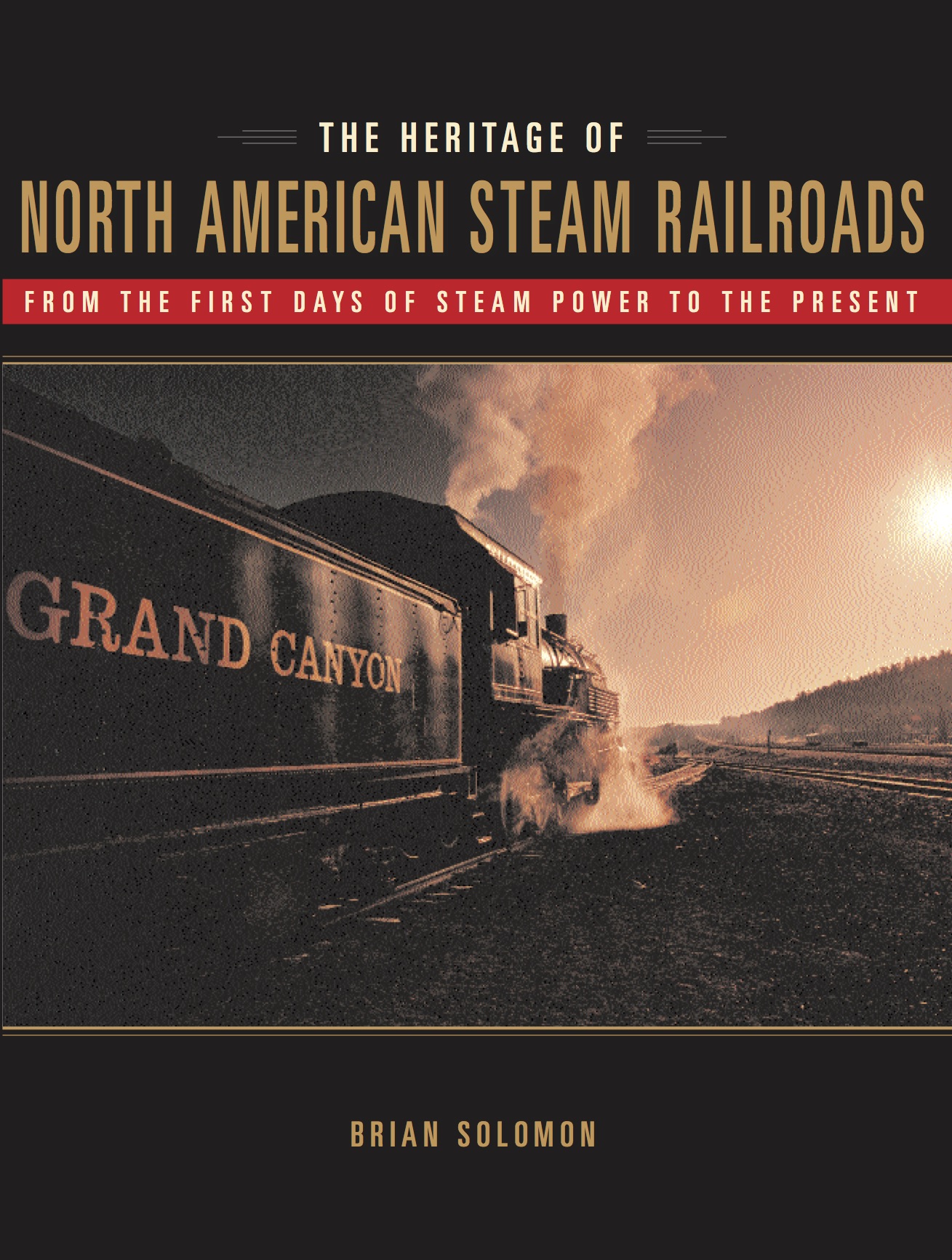
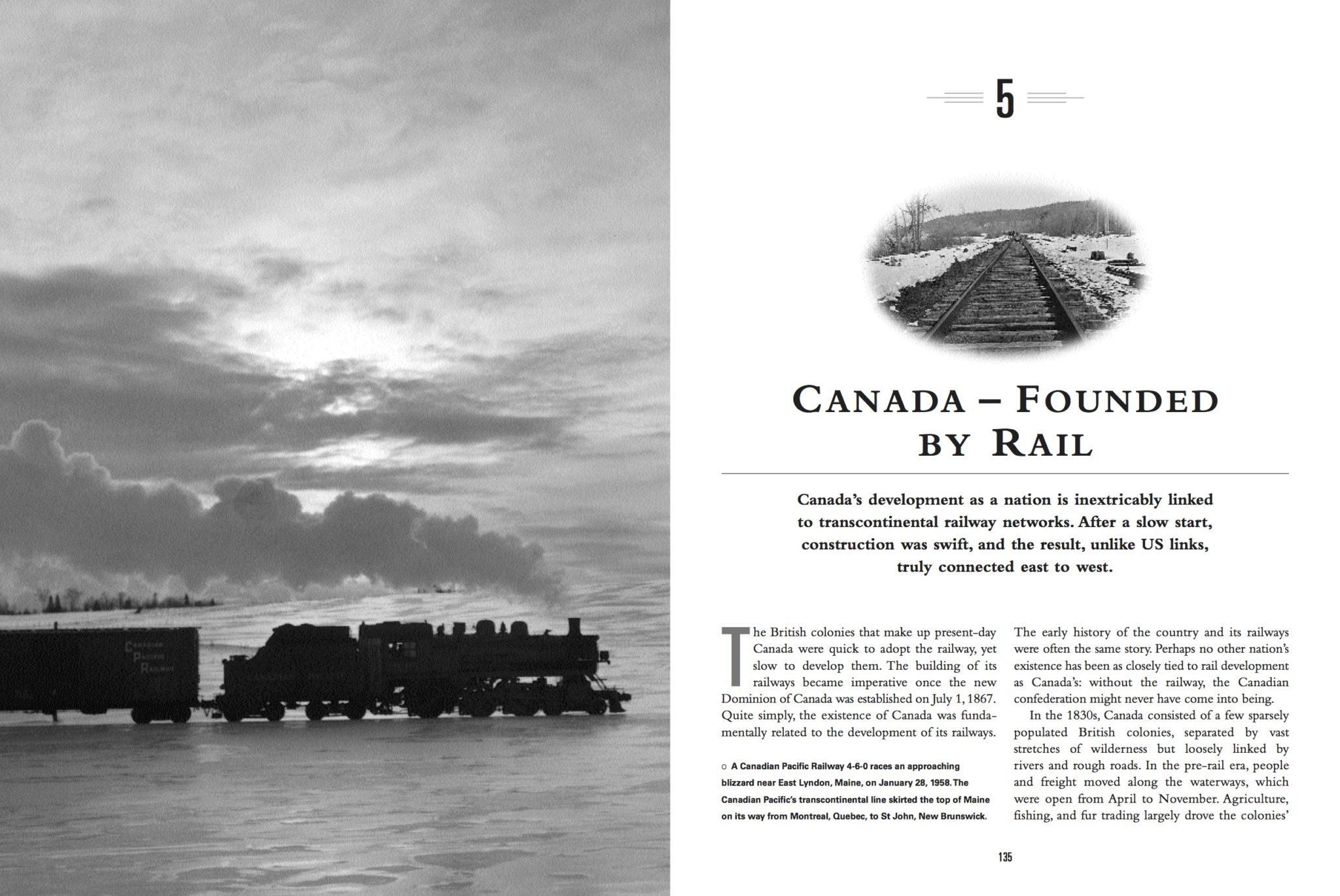
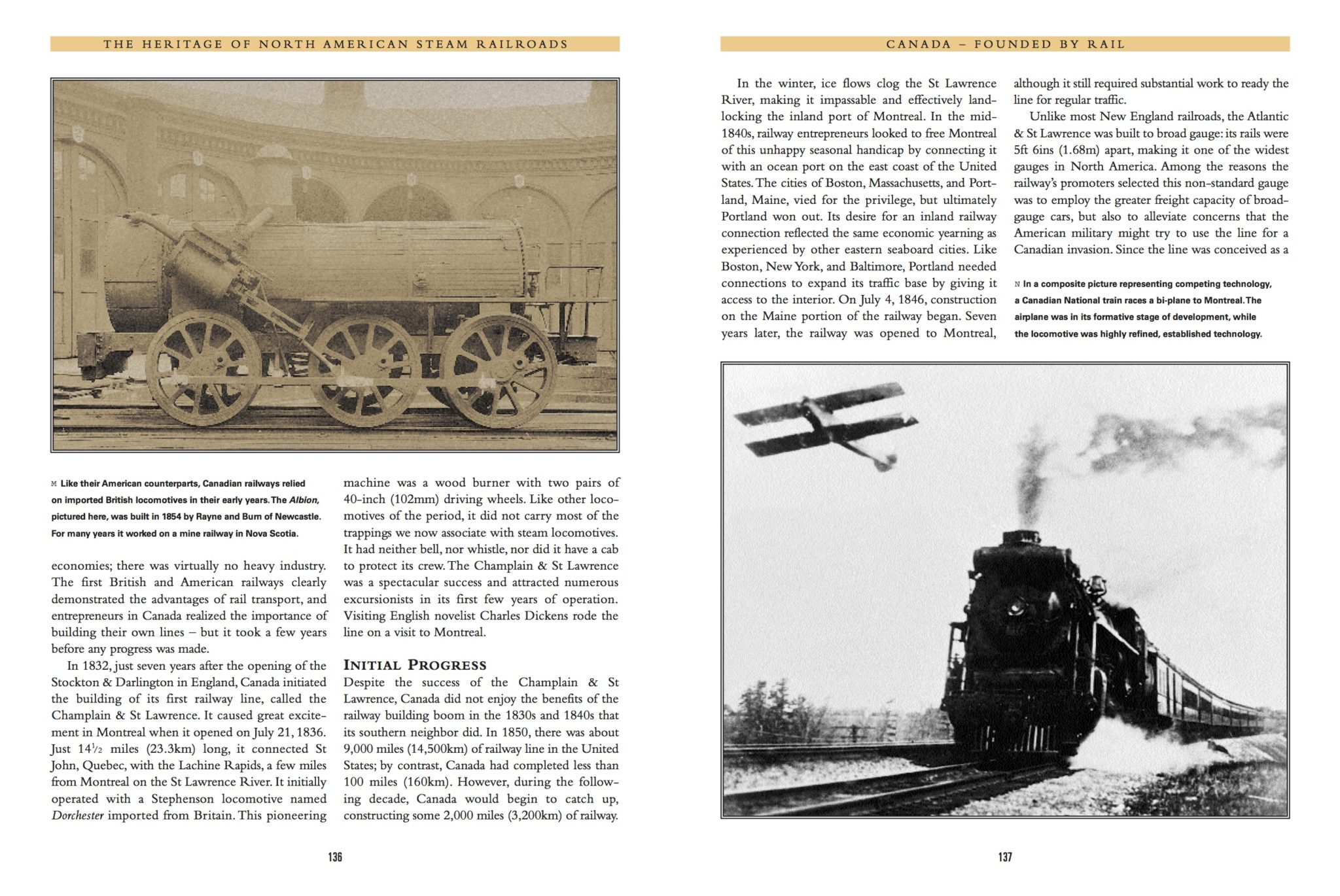
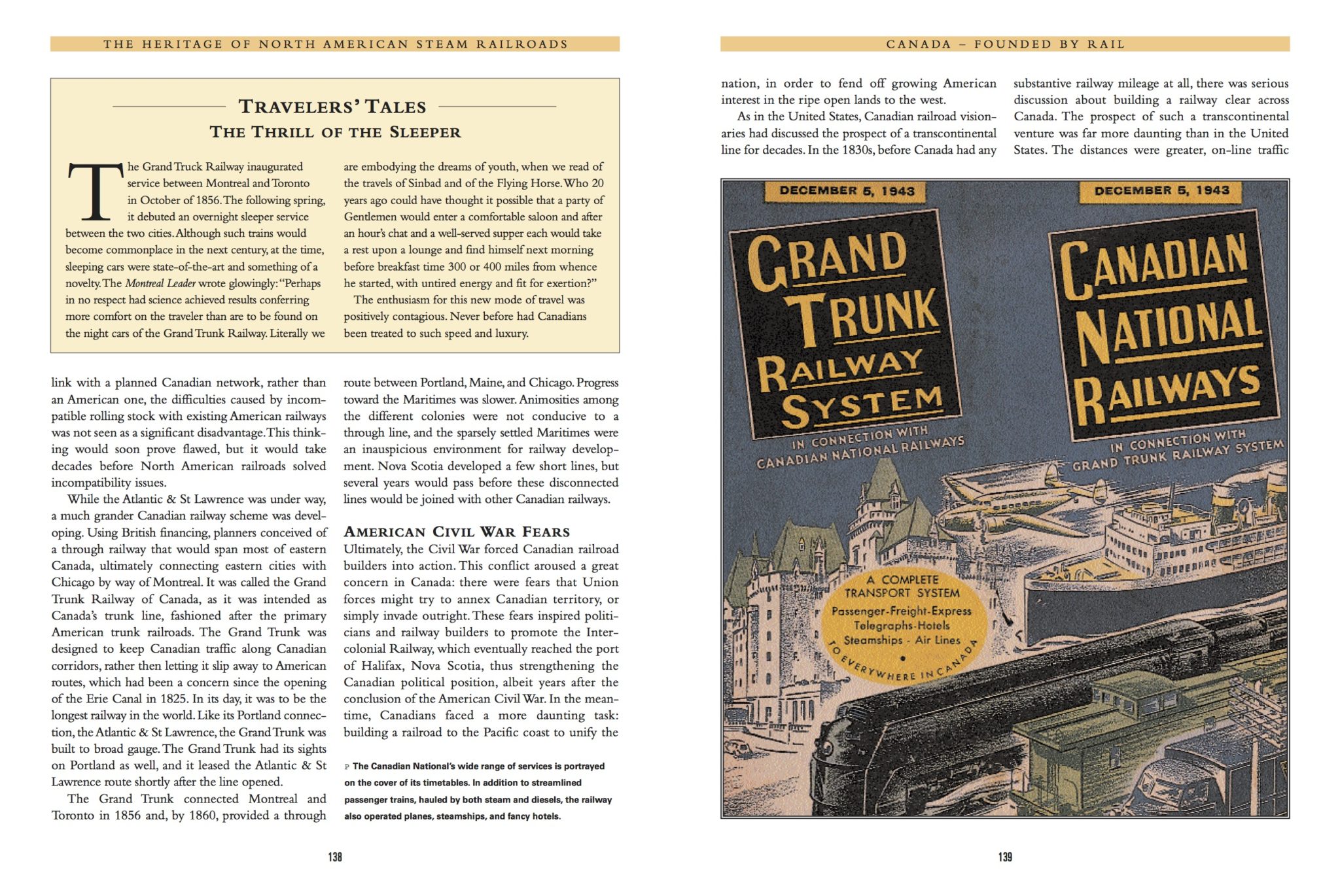
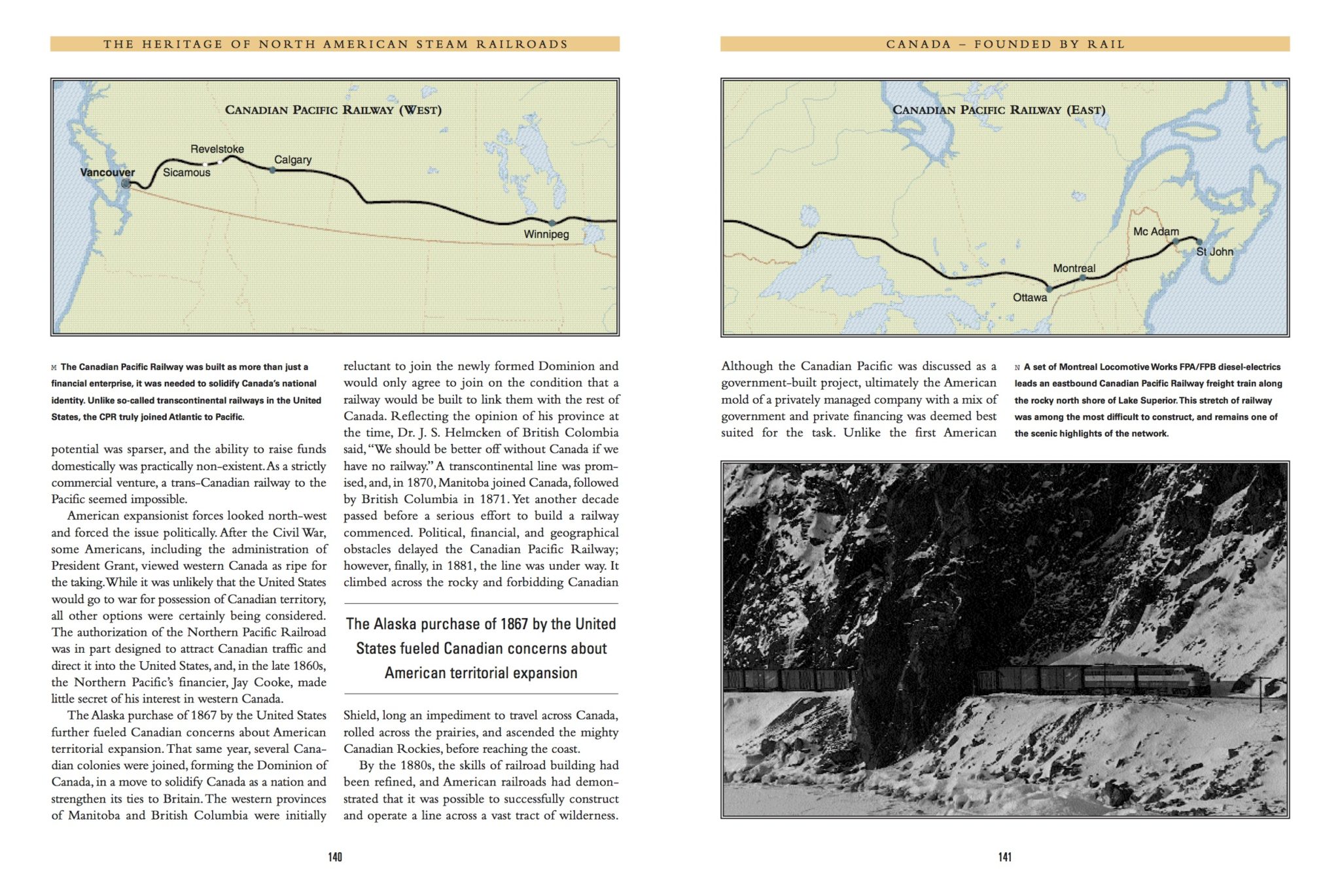
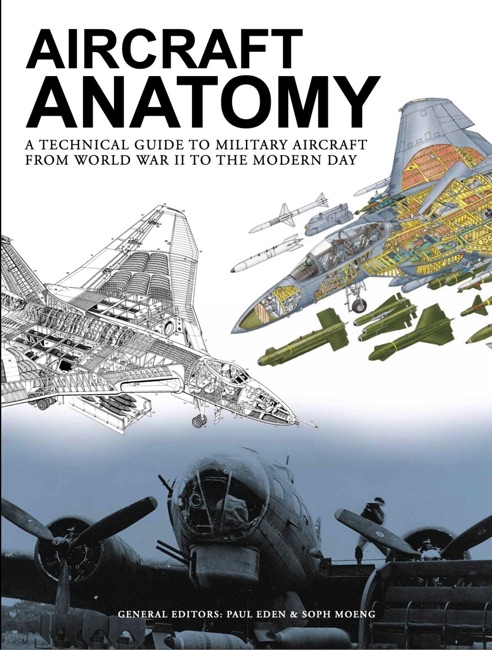
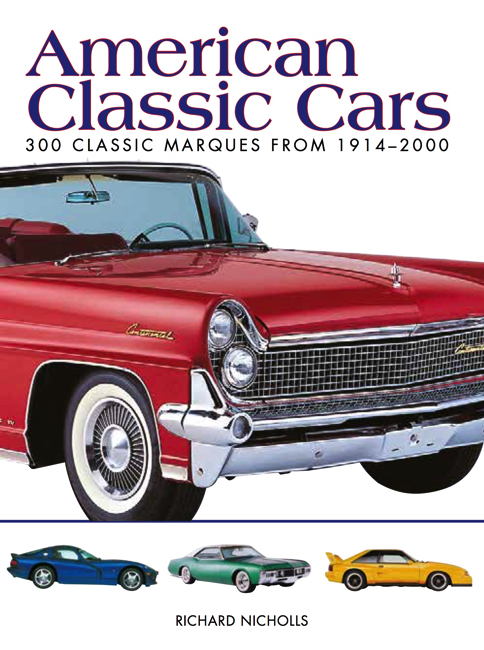
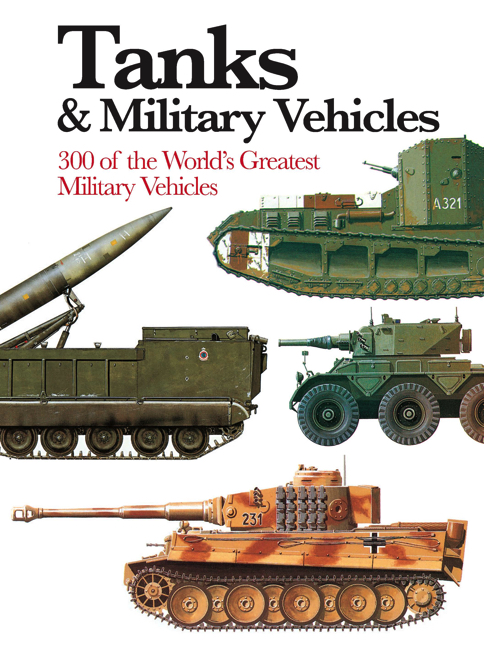
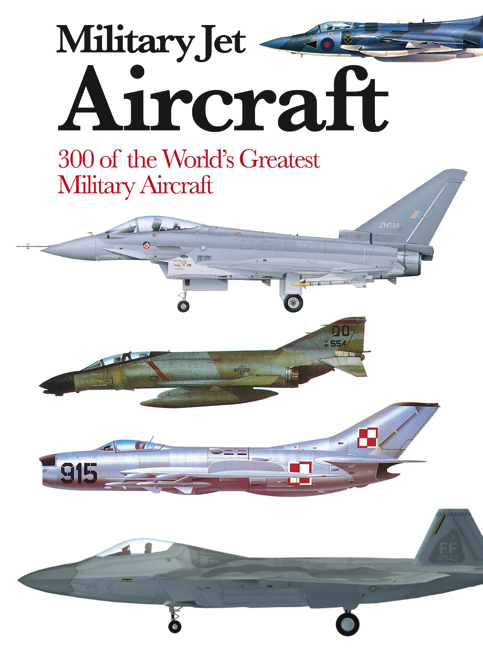
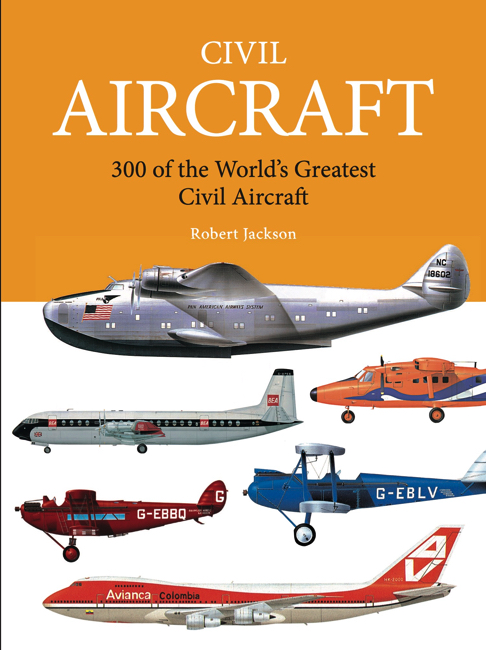
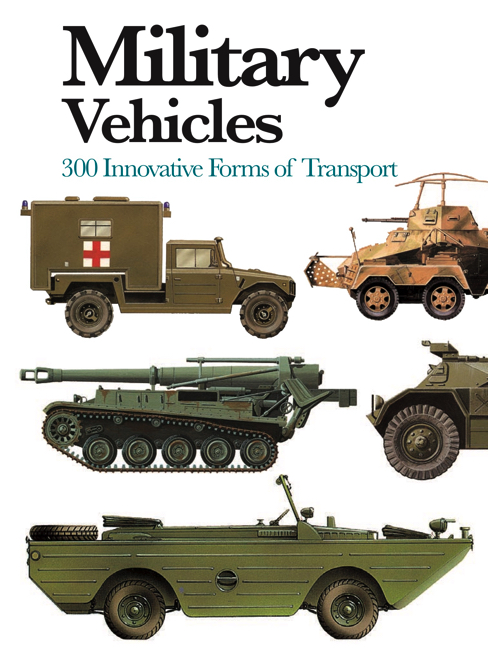

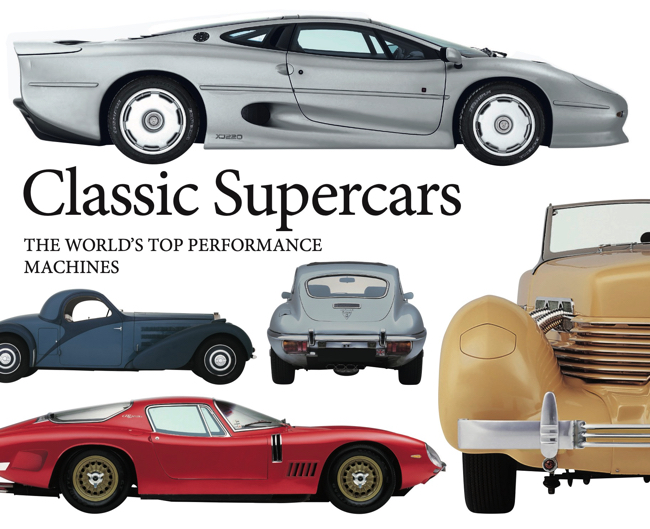
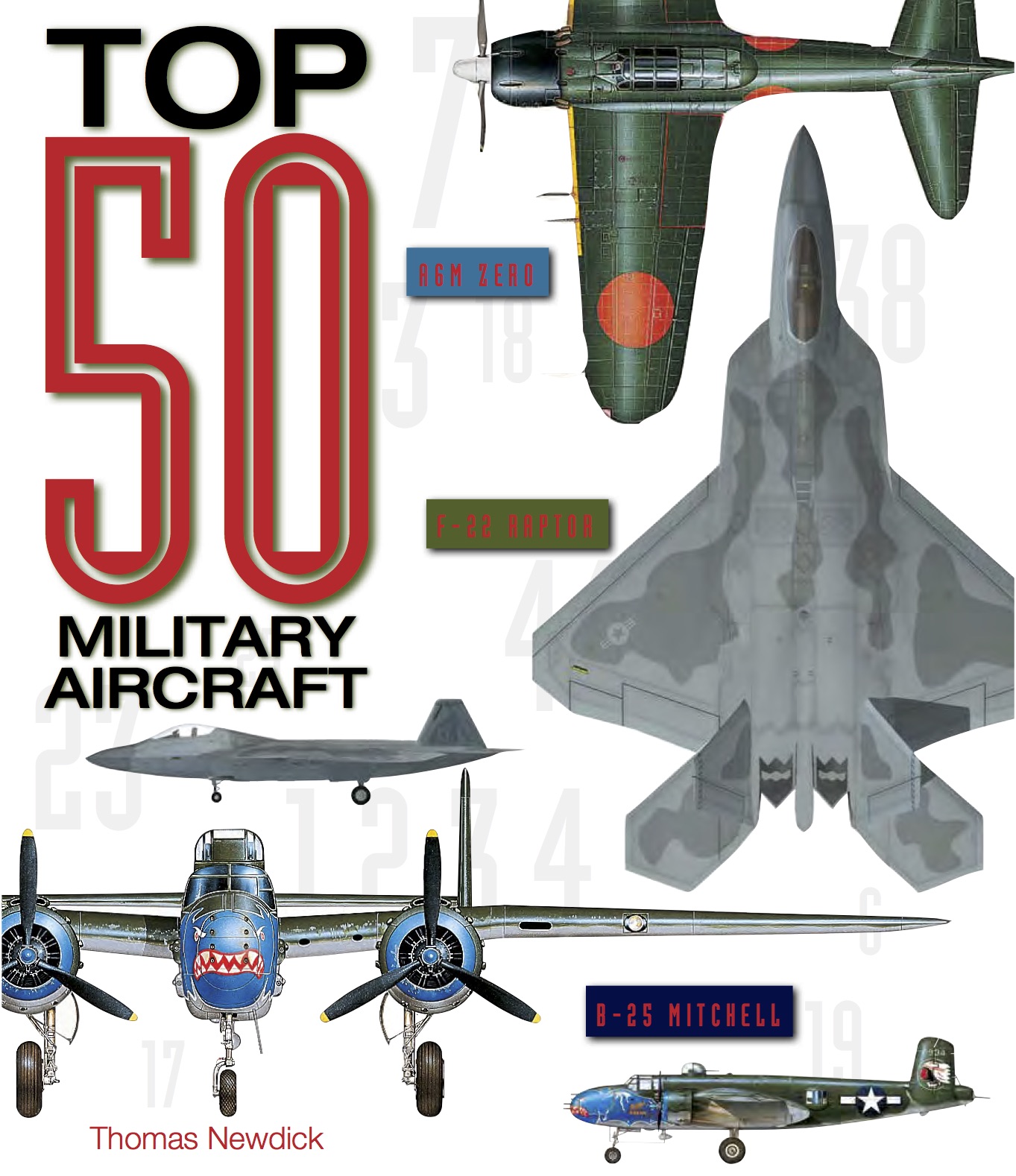

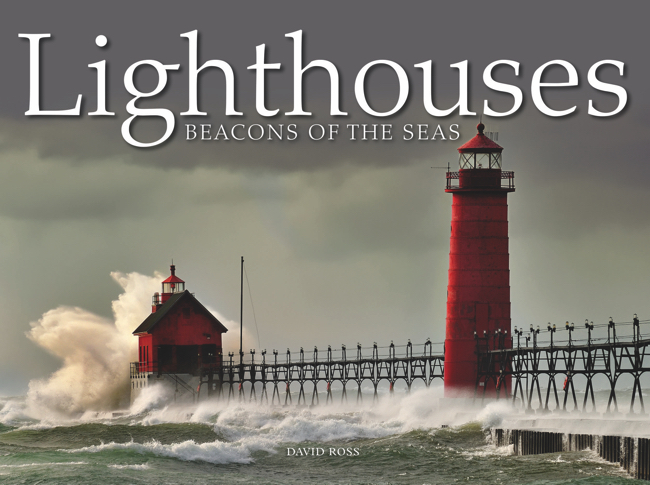
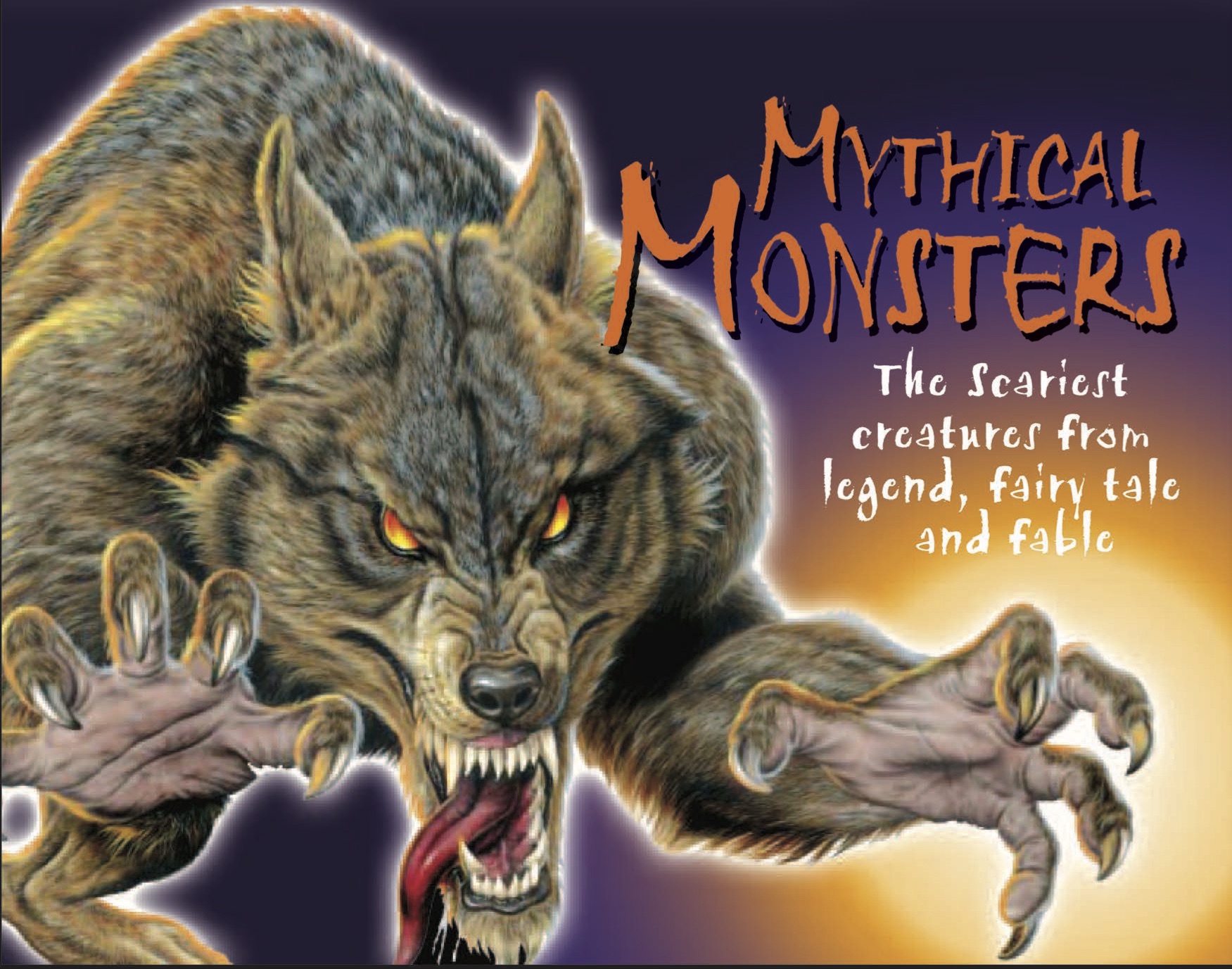
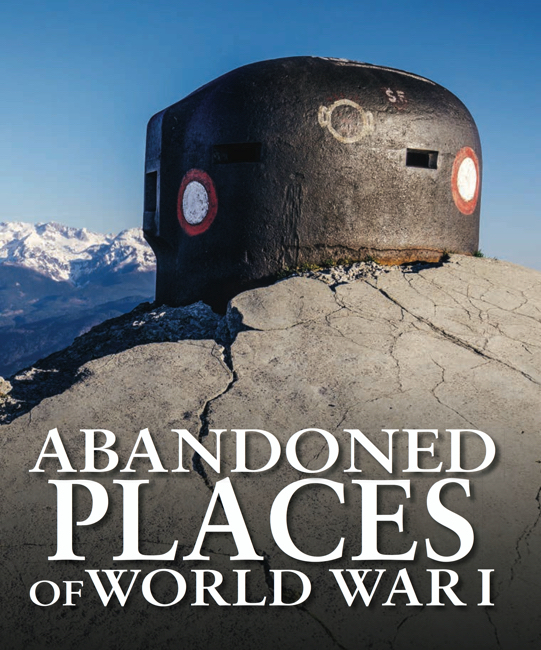
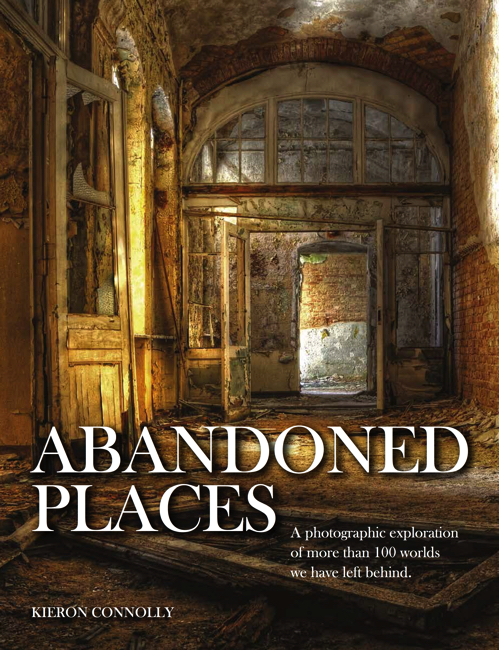
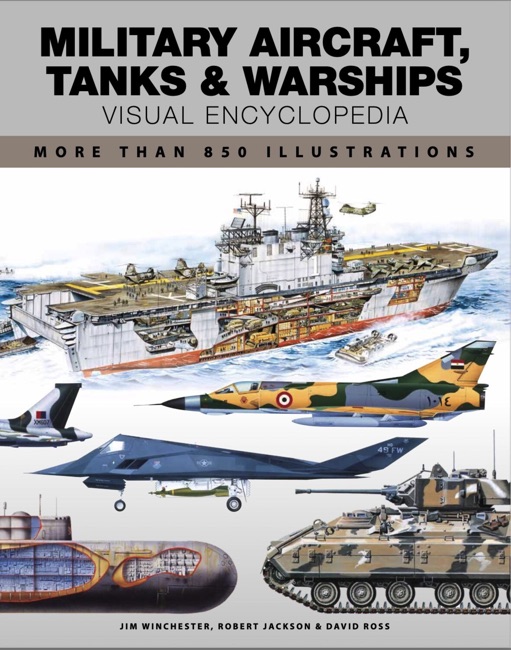
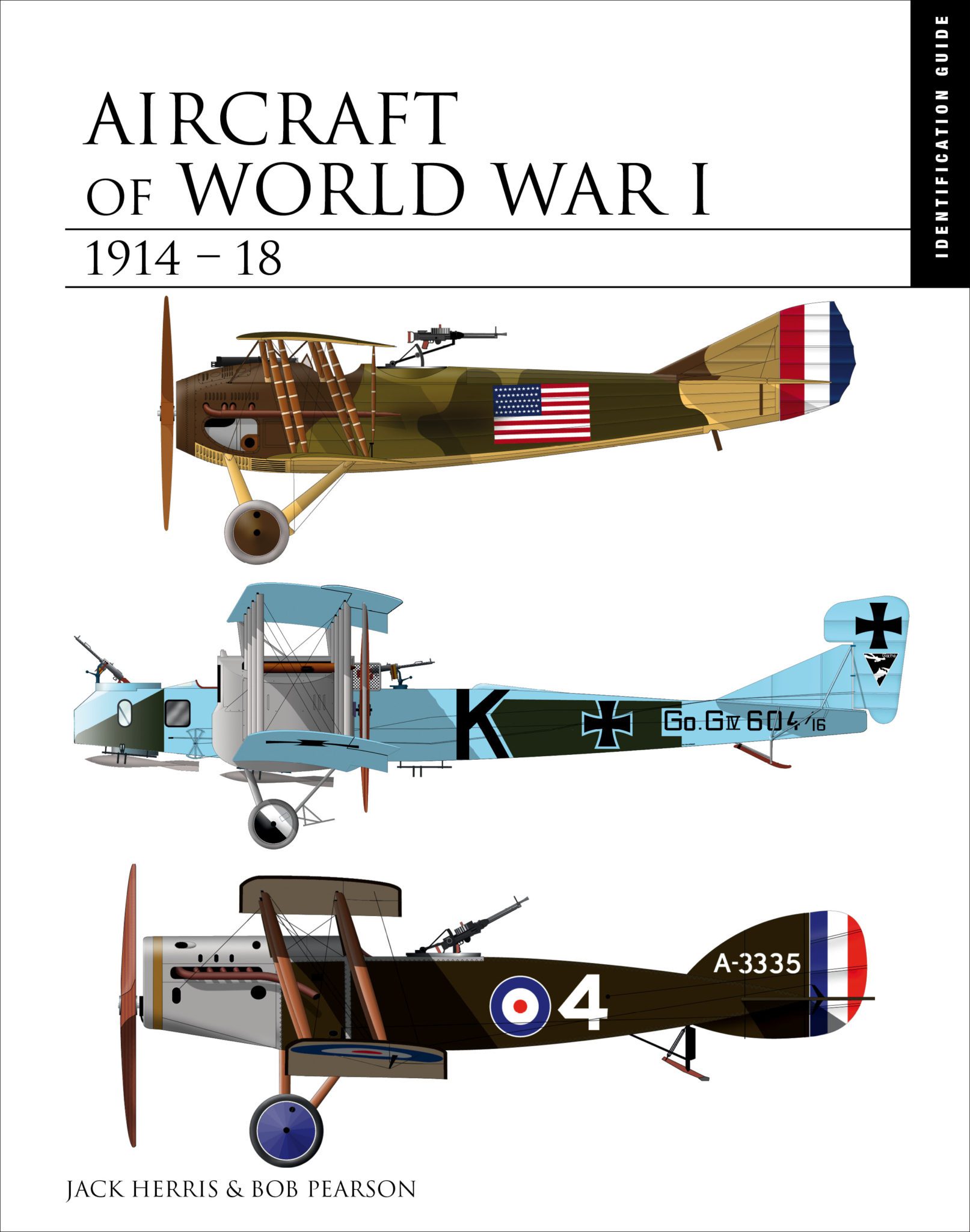


![The Art of War Illustrated [Chinese Bound]](https://www.amberbooks.co.uk/wp-content/uploads/2018/08/ArtofWarIllusUKtrade_thumb.jpg)
